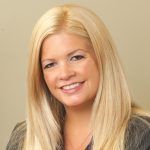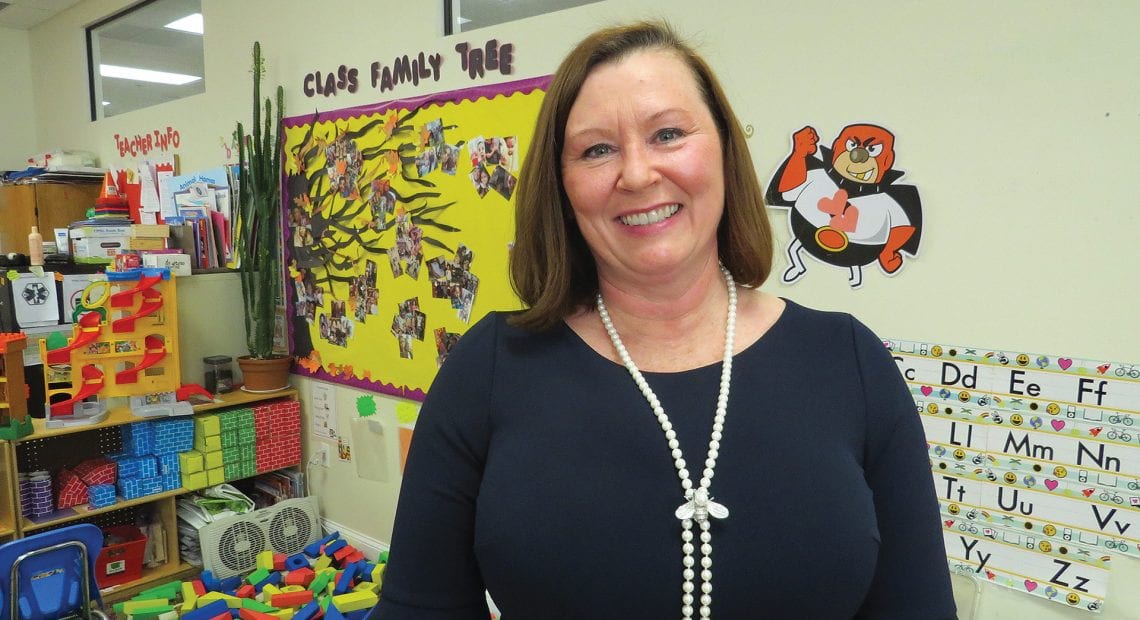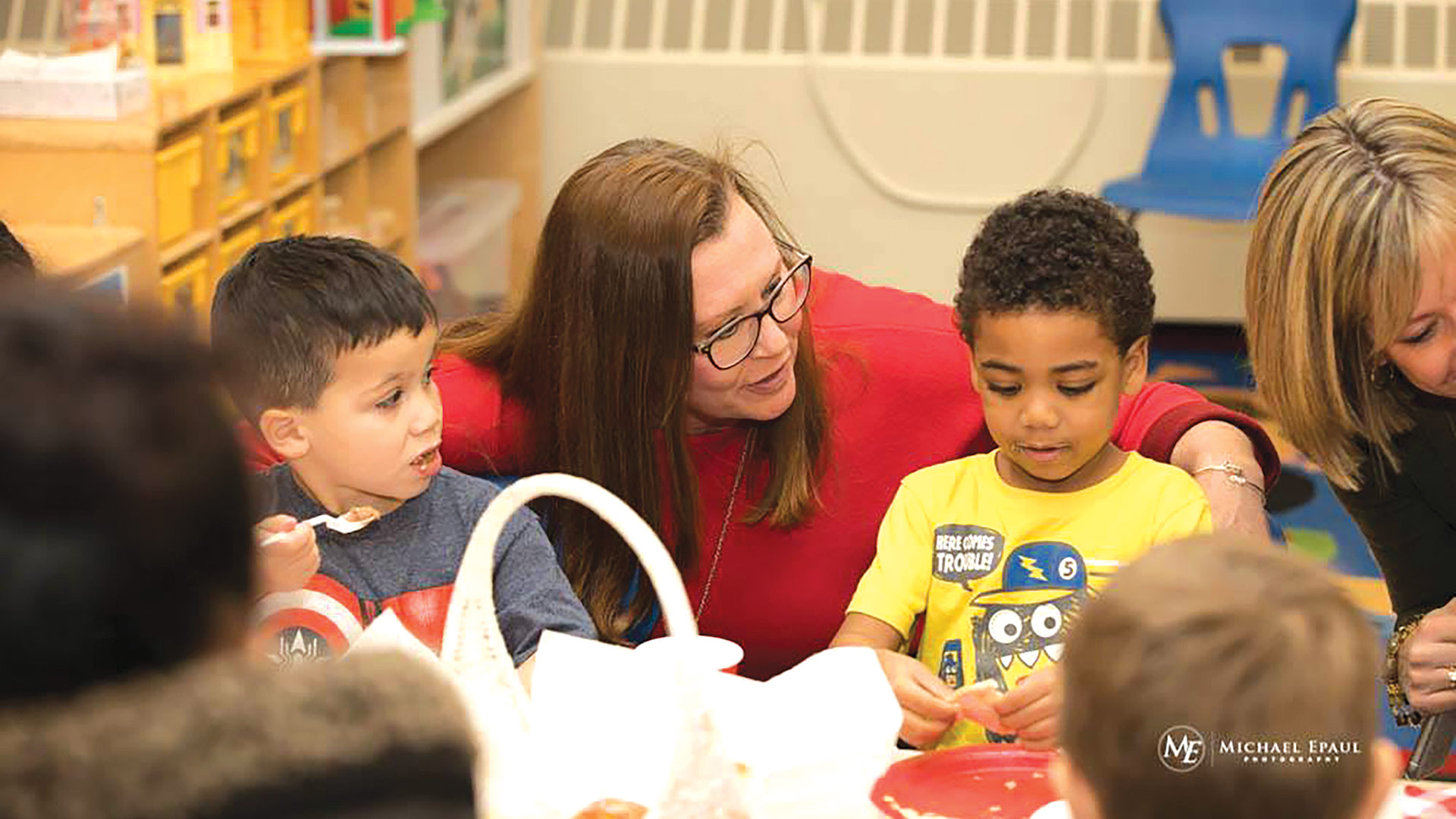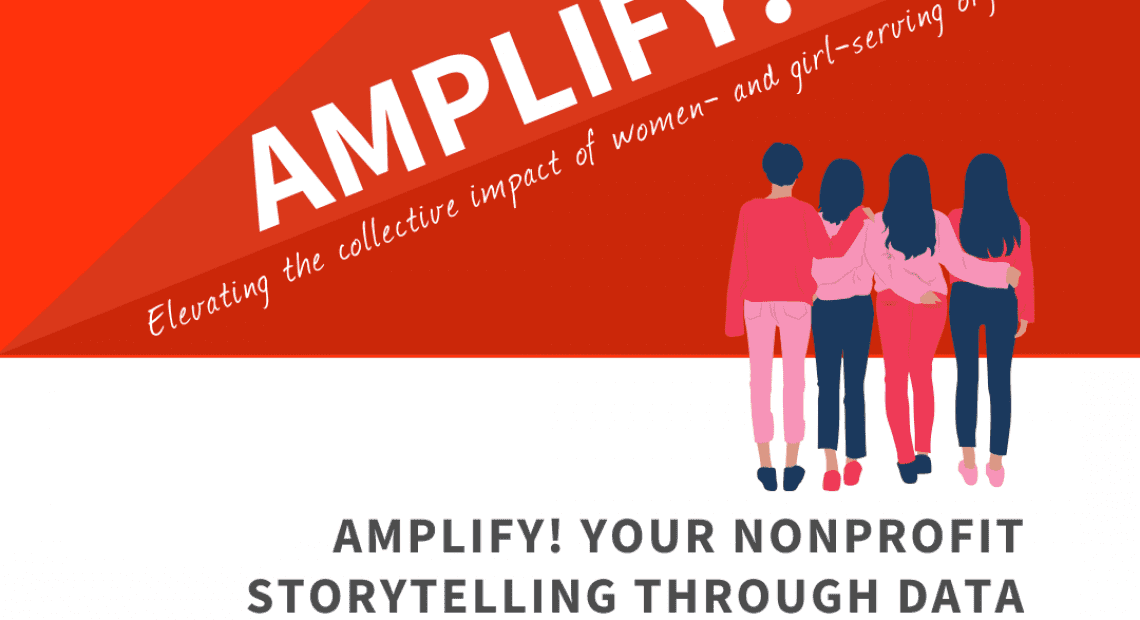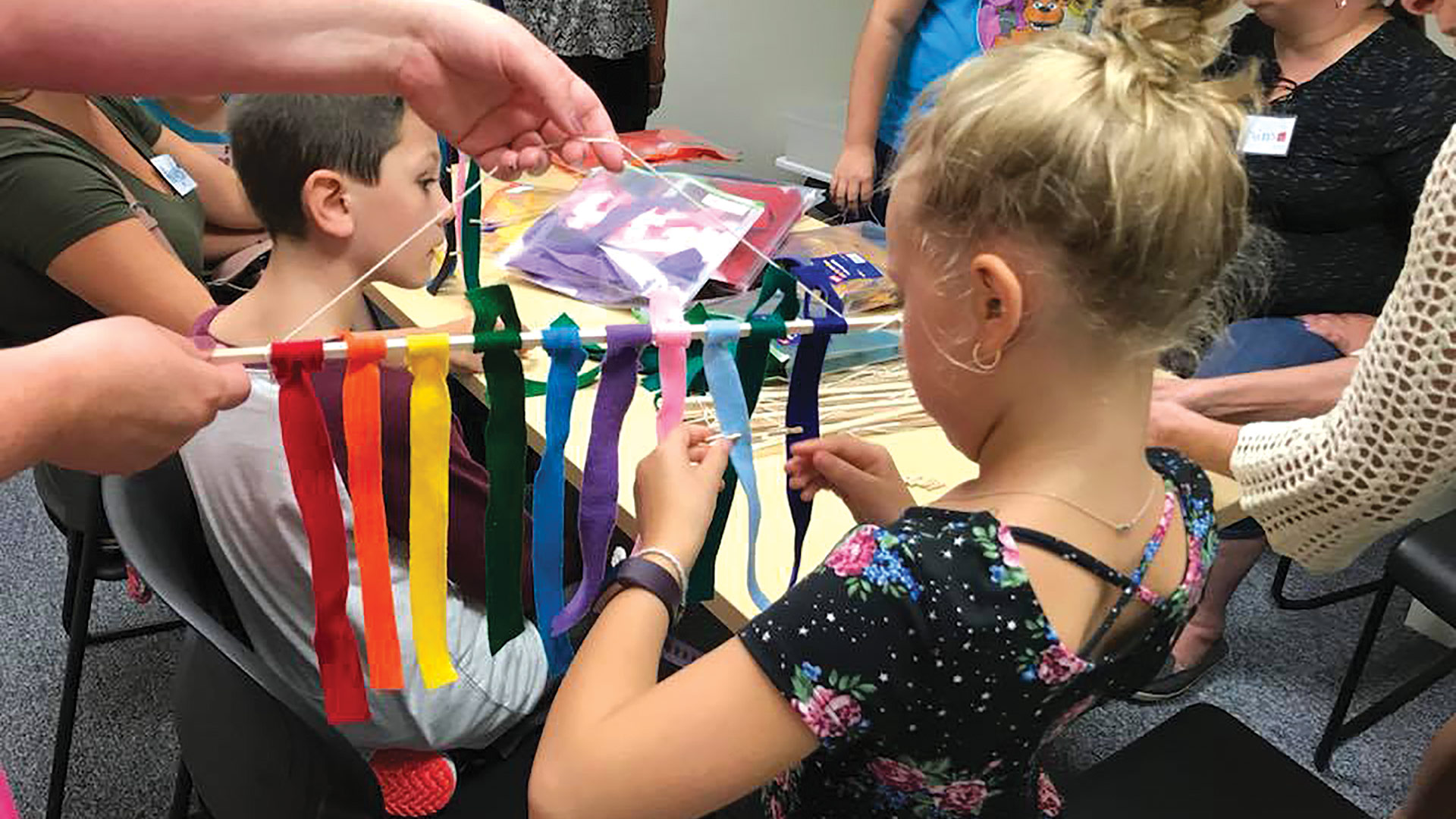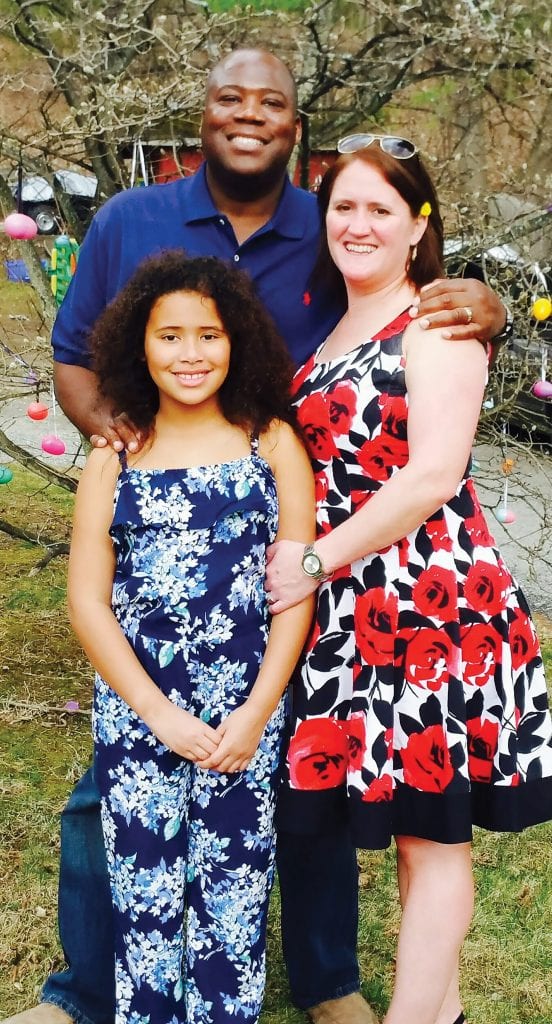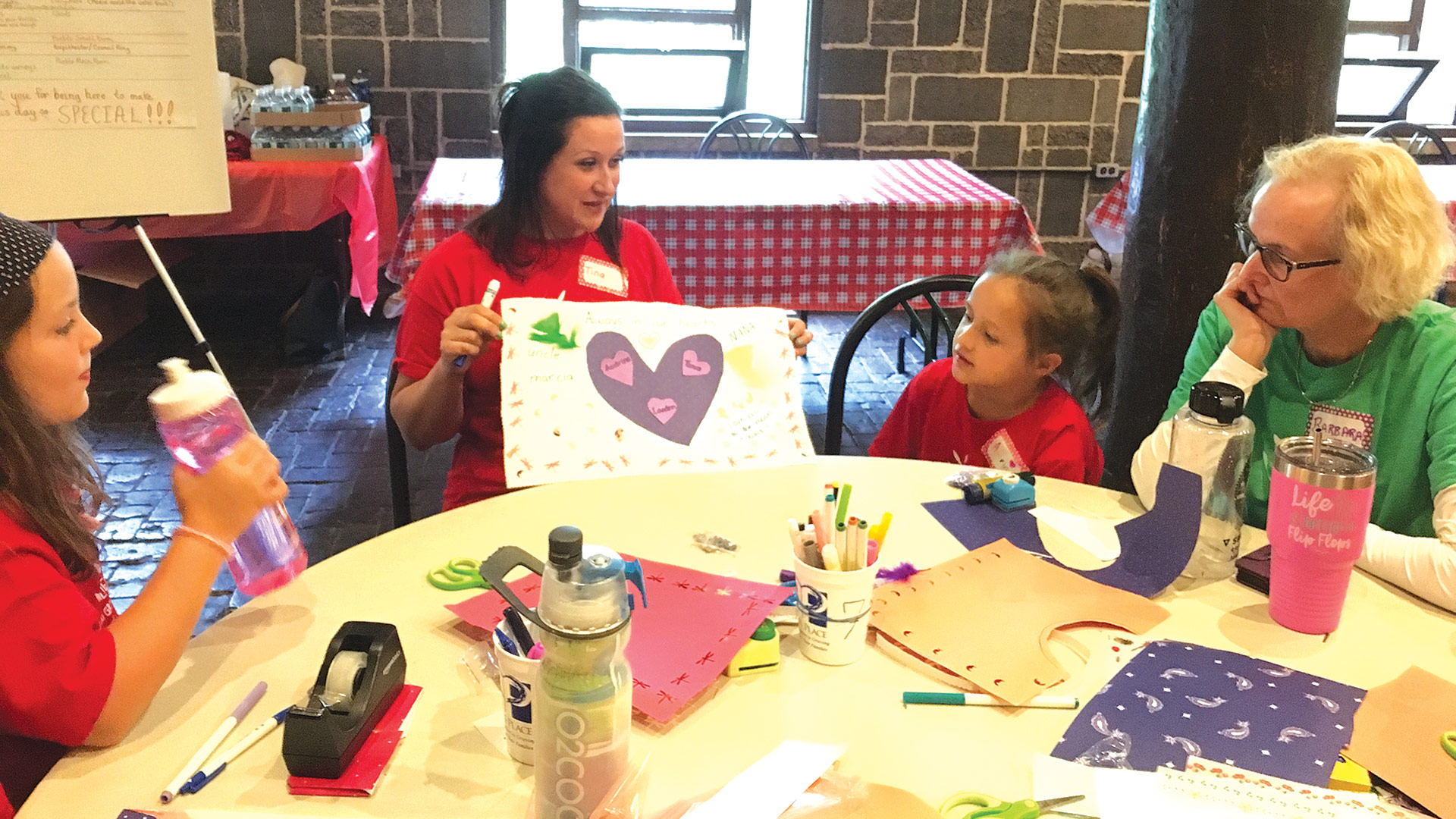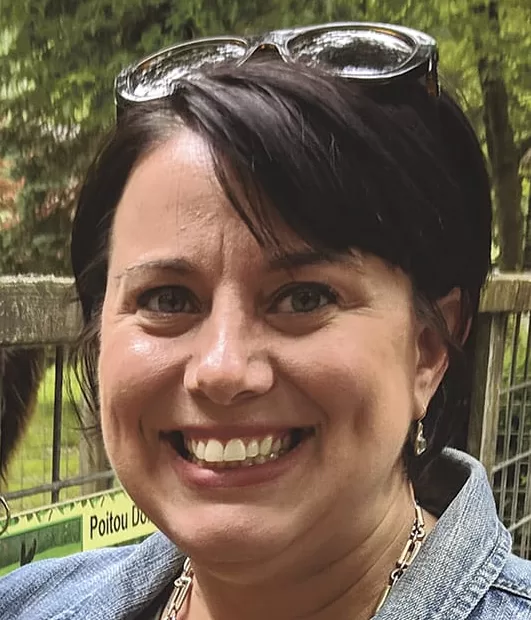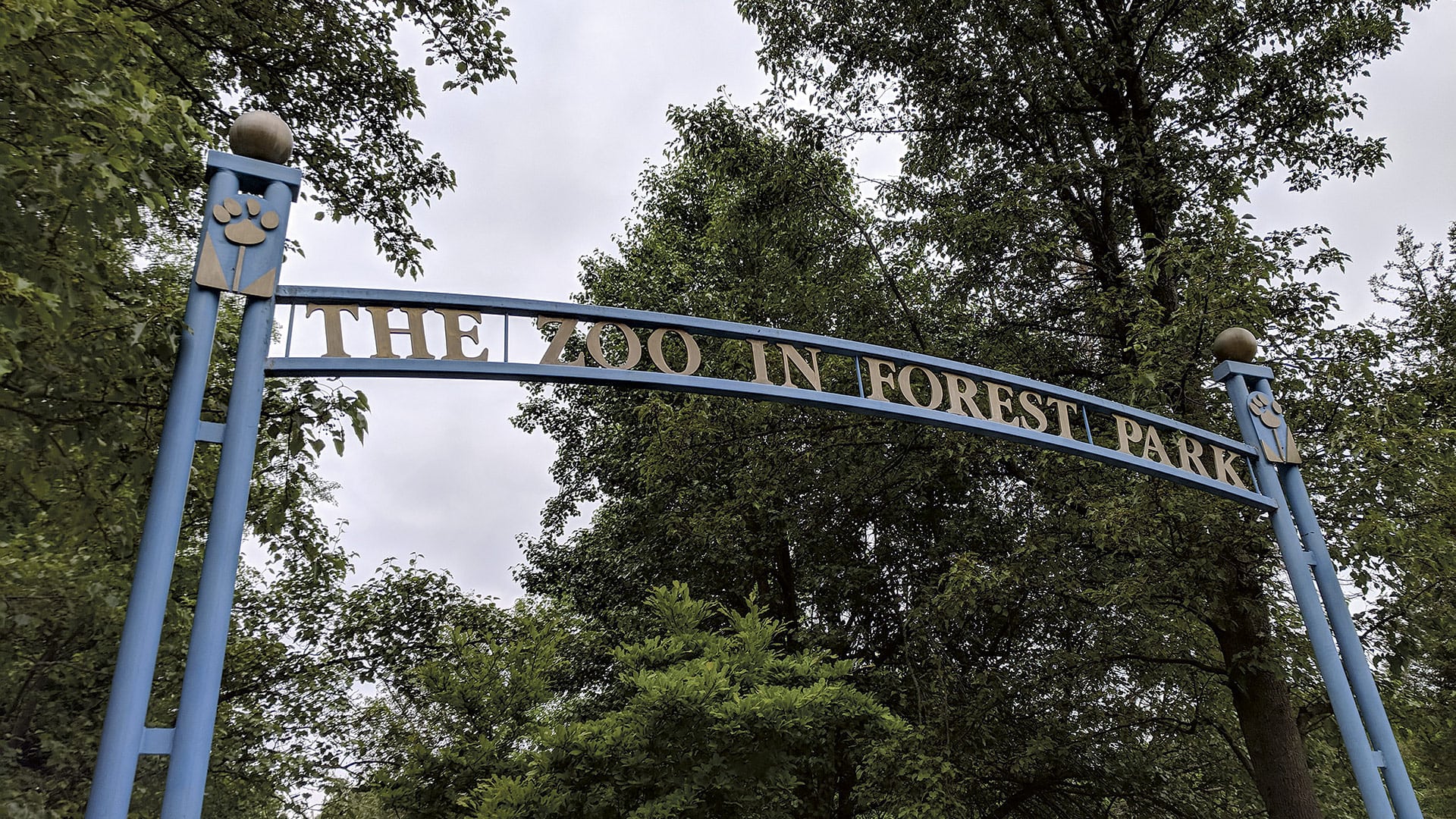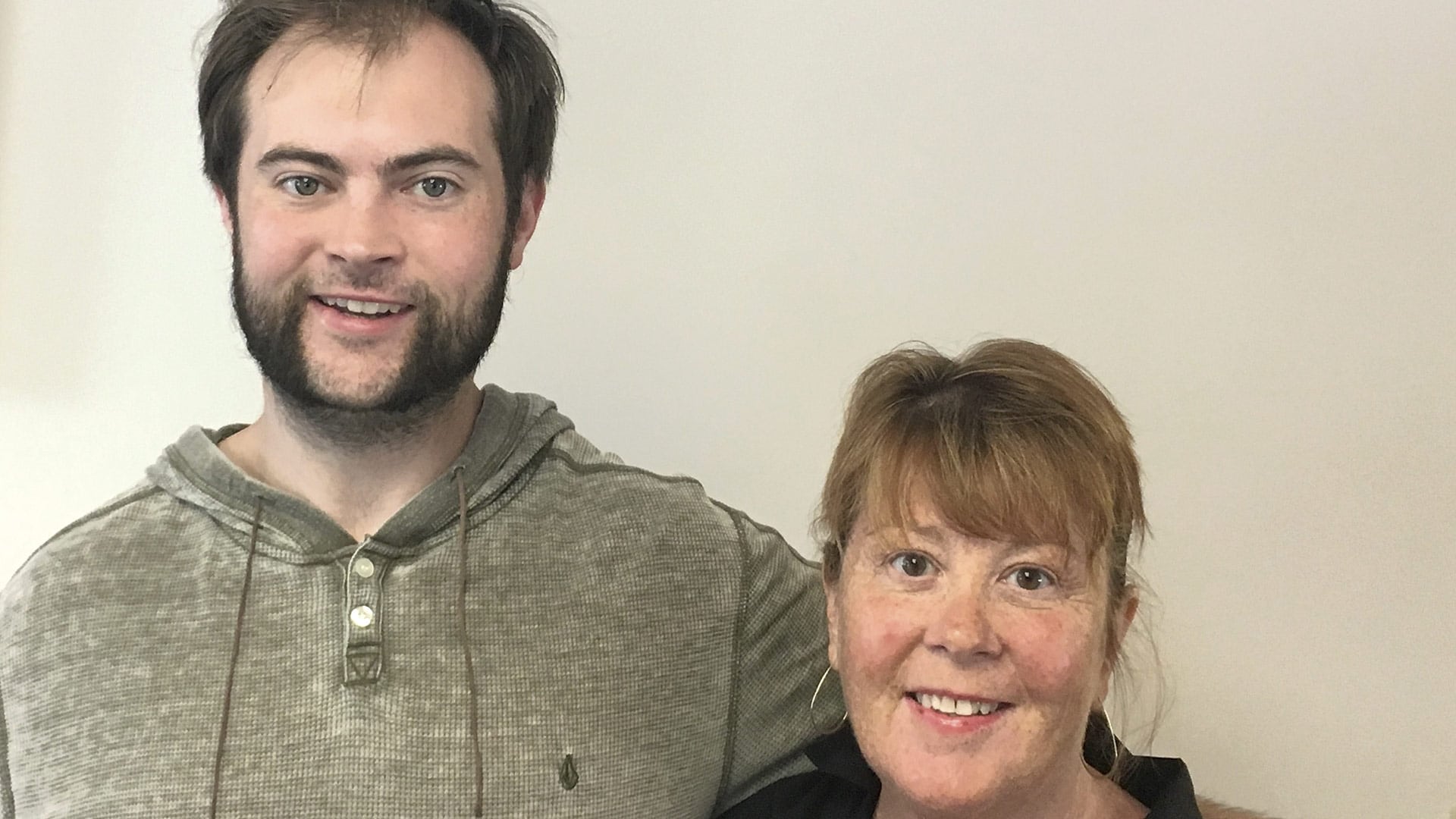This Nonprofit Helps Young People Get in the Game
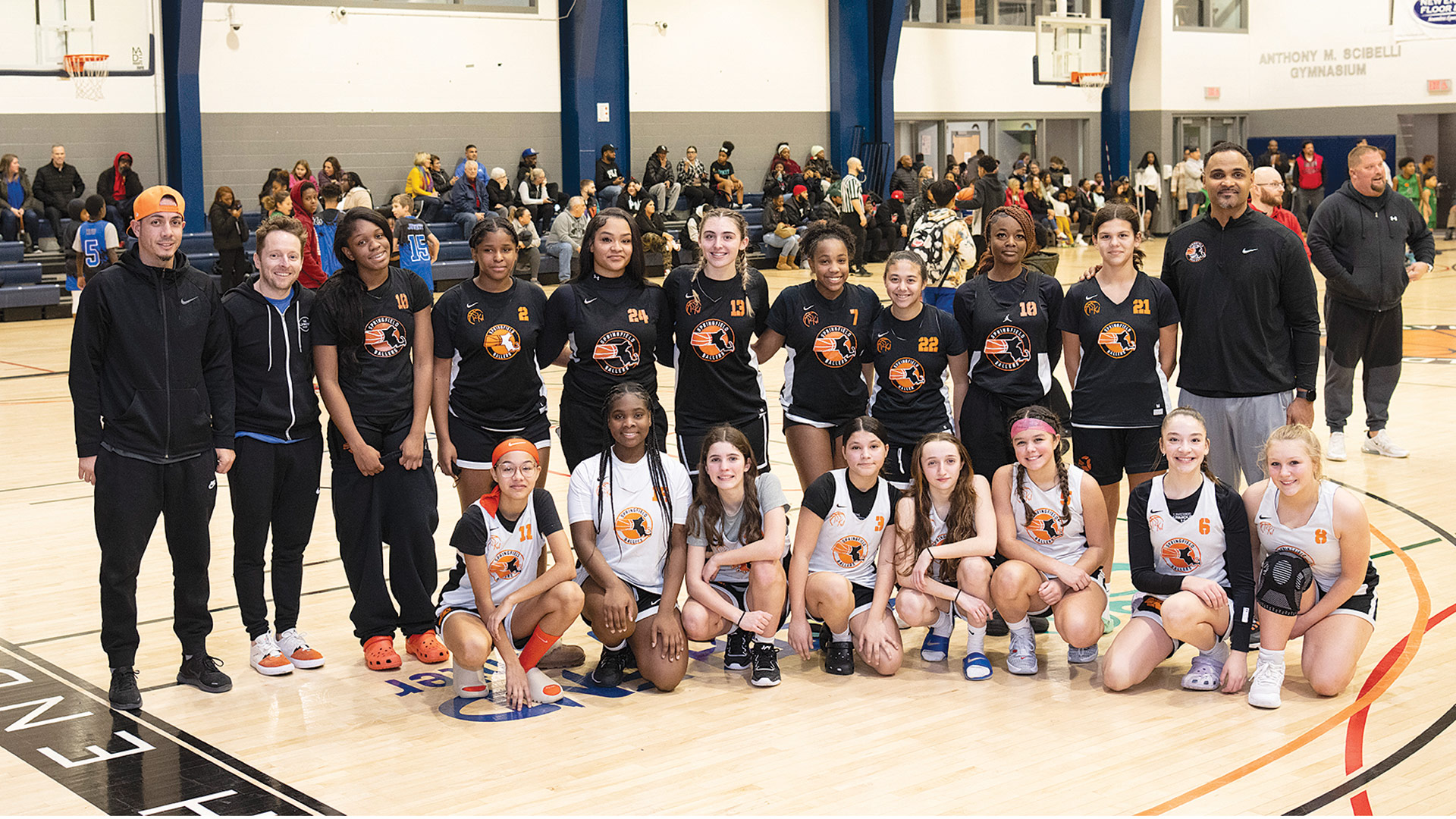
Leah Martin Photography
James Gee grew up in Springfield, in a single-parent household.
He remembers his mother having to hold down several jobs and work very long hours — 70, maybe 80 a week by his count. He also remembers sports, and especially basketball, being … well, much more than a game at that critical time in his life.
Sports were something to look forward to at a time when there wasn’t much in his life that fell into that category, he told BusinessWest, and something that provided a number of invaluable life lessons — on everything from the value of teamwork to overcoming adversity; from learning from role models to understanding the importance of working hard to achieve one’s goals.
“I had sports as something to keep me engaged and focused,” said Gee, head coach of the women’s varsity basketball team at Central High School, which won the state championship in 2022; a former player at Central himself; and a history teacher at the school. “I had coaches who would pick me up and drop me off and be there as role models as well. Mom was always there for me and always pushing the importance of academics, but the reality was, she had to go to work to pay the bills. I understood that, but when you have that much time, you can get in trouble and find the wrong friends and the wrong crowds. For me, because I had sports, I didn’t have time to get in trouble; my focus was much different.”
It is this basic understanding of the importance of sports in the development of young people that led to the creation of Springfield Ballers, a nonprofit that got its start with an all-girls basketball team (the Lady Ballers) back in 2006 — and also led to Gee to join the effort, become a pivotal force in its growth and development, and become passionate about its mission.
“I believe that sports correlates with life in so many ways. Everything from just being on time to handling adversity, dealing with different situations, dealing with different individuals, learning how to work through struggle; it’s huge. There are so many lessons that sports provide — and it also gives young people something to look forward to.”
Today, through the leadership of Gee, who now serves as president and CEO of the nonprofit; fellow coach Mike Anderson; and a strong board of directors, the Ballers has expanded its mission in many different ways.
Indeed, there are now 27 basketball teams involving boys and girls of all ages; other sports, including golf, lacrosse, and softball; clinics; competitions; and more. Access to sports and competition is now year-round.

From left, Omar Almodovar, James Gee, and Tim Allen attend a Biddy Ball practice in Springfield.
Leah Martin Photography
Summing it up, Gee said it’s about making sports affordable and accessible, and thus enabling young people to enjoy the many benefits of sports and competition. But the equation also includes exposure to coaches and other positive role models, support with academics, and much more.
“I believe that sports correlates with life in so many ways,” he explained. “Everything from just being on time to handling adversity, dealing with different situations, dealing with different individuals, learning how to work through struggle; it’s huge. There are so many lessons that sports provide — and it also gives young people something to look forward to.
“With a lot of the coaches, they become a really important figure in the kids’ lives. And they provide a lot more than just coaching them on the court.”
Amy Royal
“With all the challenges people face today, sports gives them something to distract them, especially children in lower socioeconomic and demographic areas,” he added. “Sports gives them something to look forward to after school; sports teaches you so many lessons.”
Sports also helps break down racial barriers, he noted, adding that, when young people from communities with different demographic characteristics come together to play ball, eyes are opened, preconceived notions melt away, and there are learning experiences, and forms of acceptance, on many levels.
“When they play together, the best relationships are formed,” Gee explained. “It’s just people, kids playing basketball or playing sports together; when they finally interact with other, it knocks down barriers and builds so many great relationships.”
Amy Royal, a principal with the Springfield-based Royal Law Firm, long-time supporter of the Springfield Ballers, and one-time coach of a team, agreed.
“It’s so important in so many ways because the Ballers programming does so many different things in the community,” said Royal, who worked with Gee to create the 501(c)(3) nonprofit entity for the agency. “It’s not just about playing basketball or getting instructional lessons in golf; it’s not just about the sports — it’s about learning to be on a team, be with other kids, getting exposure to a diversified group.
“When they play together, the best relationships are formed. It’s just people, kids playing basketball or playing sports together; when they finally interact with other, it knocks down barriers and builds so many great relationships.”
“Also, the Springfield Ballers do a lot of different camps, providing an opportunity to do something when school is out of session — and do something that’s good and positive and productive,” she went on. “There’s also the mentorship and the mentoring programs, the academics, and beyond; it’s all very essential.”
It certainly is, and that reality goes a long way toward explaining why the Springfield Ballers are part of BusinessWest’s Difference Makers class of 2023.
Nothing but Net
They call it ‘Biddy Ball.’
That’s the name given to the basketball program for the youngest of the young people served by the Springfield Ballers — those in preschool up to grade 2.
They gather for clinics at Kiley Middle School in Springfield on Saturday mornings. Gee, who is on hand himself for these clinics, said some youngsters who took part in Biddy Ball years ago are now playing at Central and other area high schools and even at the college level.
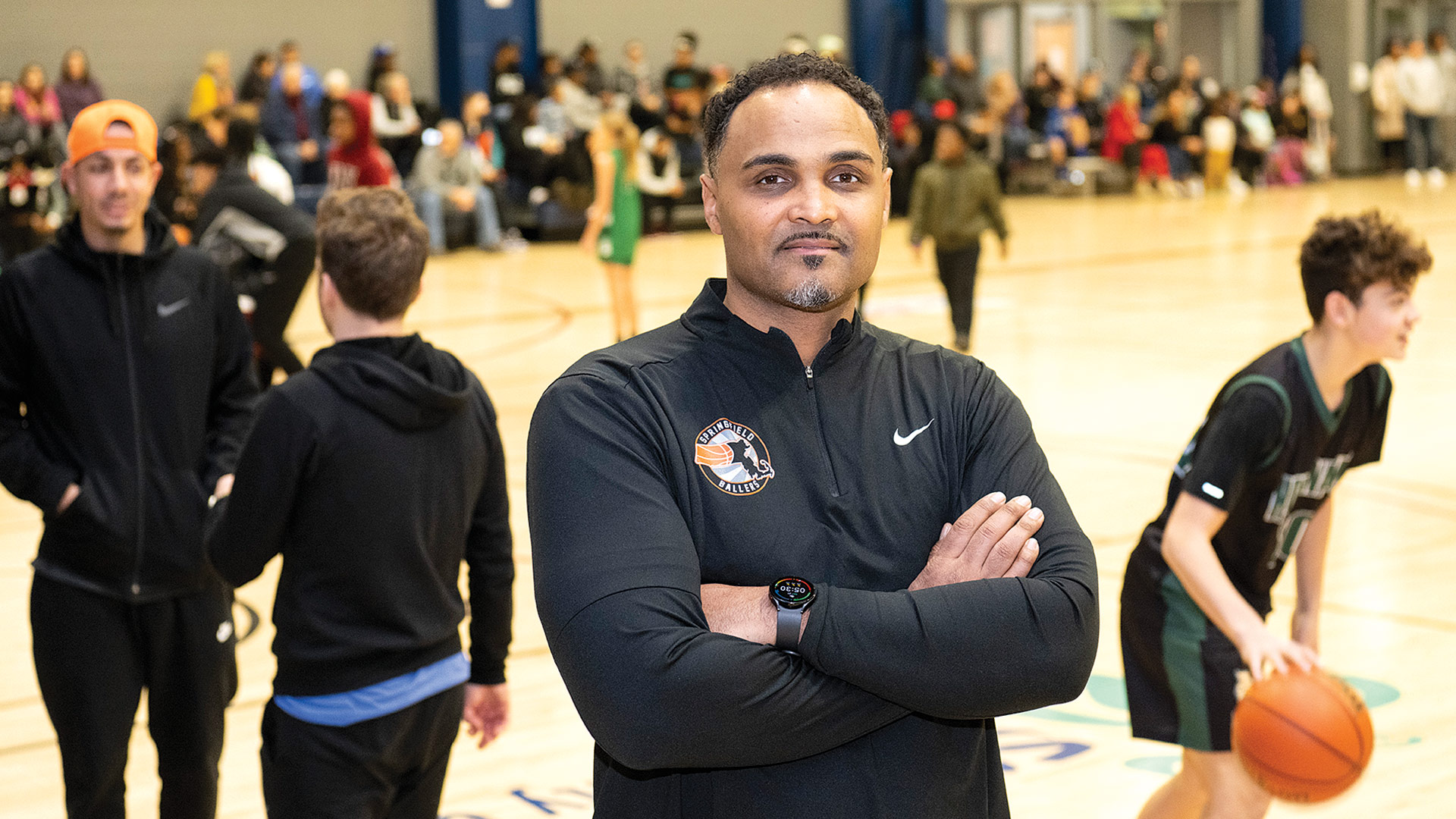
James Gee says his life-changing experiences with sports when he was young inspired him to become part of, and now lead, Springfield Ballers.
Leah Martin Photography
This is one example of how the program shapes lives, not for the short term, but for the long term, by not just showing participants how to pass, shoot, rebound, and defend, but also about how to work as a unit, work together to achieve a common goal, and stay on track, as Gee put it. Indeed, when asked to try to at least quantify the impact that involvement with the Ballers has had on participants over the years, Gee said he sees the results very day.
“When kids have a purpose and a reason and a ‘why,’ they start to focus a little better,” he explained. “We’ve had kids that were struggling in middle school … people would think that they didn’t have a shot. But some became college graduates and have their own business.
“I believe involvement has helped reduce teen pregnancy,” he went on. “You have young ladies who are now engaged in sports — they have goals. Young men, the same thing. Participation in sports helps improve attendance and their academic achievement. I’ve seen first-hand how the program has helped.”
This is what organizers had in mind when they started a girls basketball team 17 years ago and gave the initiative the name Springfield Ballers. The program was soon expanded to include girls and boys from across the region, and, eventually, it moved well beyond basketball to those other sports mentioned earlier.
As Gee said, the mission boils down to providing affordable access to sports, and the Ballers program has done that for thousands of young people of all ages and from across the region.
Indeed, many of the participants are from Greater Springfield, but they are also from Greenfield and other points north and west, and the next expansion initiative is into Northern Connecticut, to meet demonstrated need for such a program.
Meeting needs has been the goal from the beginning, said Gee, adding that those needs vary, from financial support to transportation to an introduction to sports such as golf and lacrosse that are expensive, but important in the way they can provide opportunity — to make connections, make friends, and possibly even earn a college scholarship.
The organization, which partners with a number of organizations and institutions, including area YMCAs and Boys and Girls Clubs, American International College, USA Lacrosse, and Dick’s Sporting Goods, does all this mostly through donations from individuals and businesses, but it has applied for and received some grants, said Royal, adding that there is an annual fundraising gala, and this year will include a golf tournament as well. Meanwhile, individual teams stage their own fundraisers.
These funds are used to provide what are called ‘scholarships’ — up to 100% — for those who don’t have the ability to pay the costs associated with playing for various teams, especially those that travel to play teams in other parts of the state and other regions of the country. Funds are also used to provide participants with equipment, especially for the more expensive sports such as lacrosse and golf, she went on, adding that the agency received a grant from Dick’s Sporting Goods for that purpose.
“The money is absolutely needed because we have so many kids, and so many dollars being spent on scholarships,” said Royal, adding that, last year, the Ballers awarded more than $25,000 in scholarships.
Over the years, the agency has continuously looked for ways to broaden its mission and its many forms of assistance to make organized sports even more affordable and accessible, said Gee and Royal. It has done that by adding more sports to the portfolio, and also by extending its geographic reach.
And, moving forward, it will do this by providing more assistance with transportation — to practices, games, events, and even visits to colleges by high-school athletes getting ‘looks’ from recruiters. With the help of some grant money, the Ballers will look to add some vans, said Royal, adding that the need is obviously great.
And it is great in many areas, she went on, adding that sports — and the Springfield Ballers —have the ability to meet many of them.
“It’s not just about putting kids on teams so they can play sports, which obviously is important for exercise, health, well-being, and all of that; there’s so much more to it. A big part of it is forming relationships and connections.
“I know that, with a lot of the coaches, they become a really important figure in the kids’ lives,” she went on. “And they provide a lot more than just coaching them on the court.”
Crunch Time
As he added up all that sports has provided him in life, Gee said that, in addition to all those lessons he mentioned earlier and the manner in which sports helped keep him out of trouble, they have provided him friendships that have endured for many years.
“I was able to have friends in different communities, not just in Springfield, and I have great relationships to this day,” he said, adding that he’s not sure how his life would have turned out if sports hadn’t intervened, but he’s quite sure he wouldn’t be where he is today.
His goal is to have sports intervene in as many young lives as possible. Springfield Ballers exists to do just that, and it has created a formula for winning — in every sense of that phrase.
And that’s what makes this organization a Difference Maker in this region.




